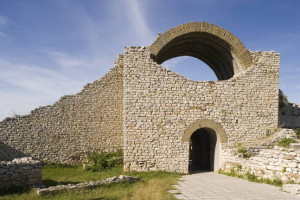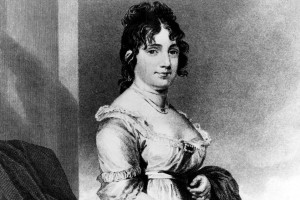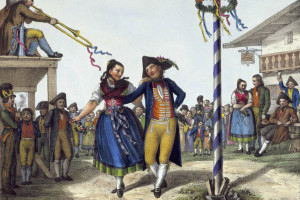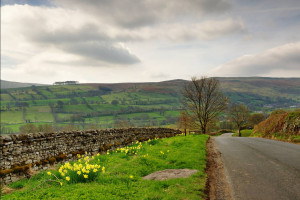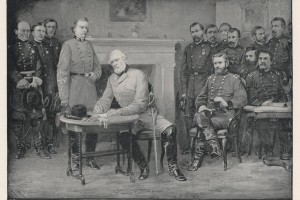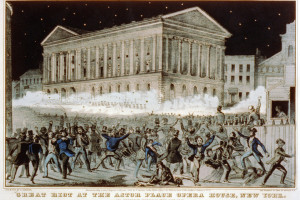News of the latest theft of sensitive American information— this time of some 4 million records from the federal government’s Office of Personnel Management, allegedly by Chinese hackers—highlights the unfortunate truth about defensive walls. They may offer great psychological comfort, whether as firewalls in the online world or stone walls and natural barriers in the real one, but they rarely work.
In the Book of Joshua, the Israelites engineered a brilliant victory by stamping their feet for seven days and blasting the walls of Jericho with their trumpets. In “The Aeneid,” Virgil described how the Trojans brought about their own downfall by bringing the famous wooden horse inside their gates. In his monumental “The Histories,” Herodotuslauded the courageous but futile last stand of the Spartans at the Battle of Thermopylae (480 B.C.) after they were betrayed by Ephialtes of Malis, who showed the Persians a secret route through the mountains that led to the back of the Greek lines. But these striking failures didn’t deter subsequent generations from believing that walls could keep them safe.






